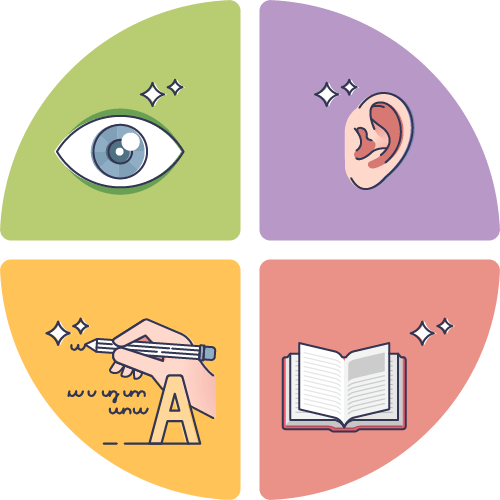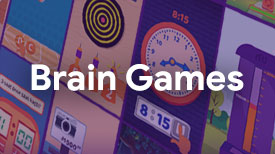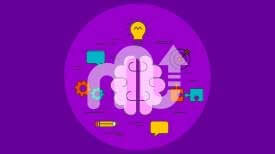Everyone is capable of learning. However, if you have spent any time in an educational role, you have seen that people will respond differently to certain teaching methods. This is because each individual has a specific learning type.
If you can differentiate these types of learning styles, you can design your lessons based on the student learning types.
In order to help teachers reach every student in their classroom effectively, educational scholars have developed methodologies of different ways of learning. Through these learning methods, teachers and parents can empower each child towards meaningful learning while helping them discover their specific strengths. This way, students can get ready for exams such as the Star Math Test.
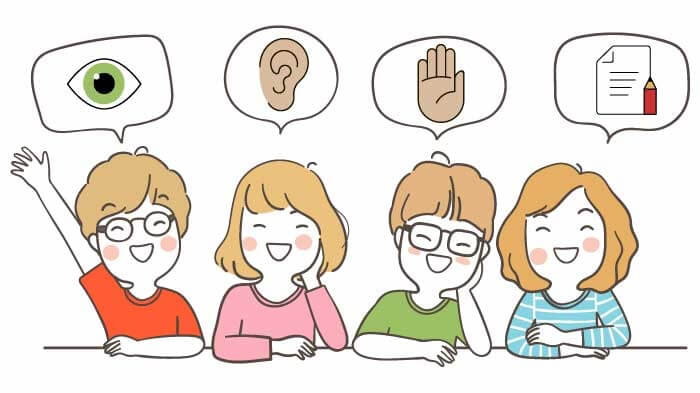
Discover how you can improve your children’s learning process and boost their school performance. MentalUP’s detailed reporting system will help you find out about their specific learning style so that they can have fun while learning.
Also, it is easy to understand your kids’ potential with a quick gifted child test. This way, you can prefer the most effective sources for your children according to both their gifts and learning styles.
In this article, we will explore the VARK learning style model as well as the games to identify learning styles.
What Is The VARK Learning Style Model?
The VARK model, which is the most popular among learning models, was designed by Neil D. Fleming and Coleen E. Mills in 1992. The aim of their research was to help students find out more about learning preferences.
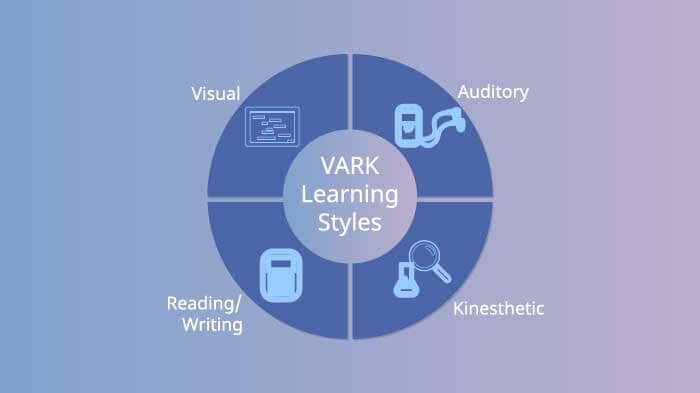
VARK learning styles include visual, auditory, kinesthetic, and reading/writing learning styles and were identified after many hours of classroom observation.
4 Types of Learning Styles
1. Visual Learning Style
The learning style is all about learning via maps, diagrams, charts, graphs, hierarchies, flow charts, symbolic arrows, and other similar ways that people use for representing information.

Characteristics of Visual Learners
Visual learners are characterised as students who best learn and synthesize information when it is presented to them in the form of a graphical depiction.
Because visual learners tend to be holistic learners, they tend to achieve positive outcomes in education when they are presented with visual tools rather than sequential slides of information. If your child has this learning style, she/he can easily learn colors and shapes with these color and shapes learning games.
Efficient Studying & Learning Techniques for Visual Learners
- Make outlines to structure large amounts of information.
- Use flashcards to help you remember key terms and information.
- Assign colors to common themes in your notes.
- Mark important notes with coloured pens or highlighters.
- Draw pictures, figures, and diagrams to accompany the information.
Games to identify Visual Learning Style
2. Auditory Learning Style
This auditory learning style focuses on listening and communicating. Seminars, voice recordings, music, or similar sound-related materials are the best learning tools for auditory learners.
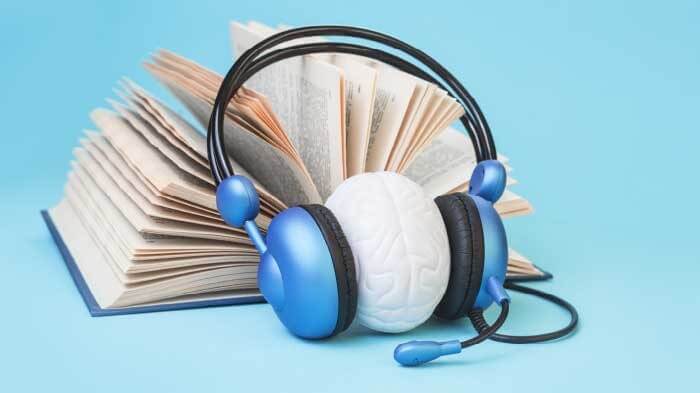
Characteristics of Auditory Learners
Auditory learners like to study in groups and enjoy discussing ideas and issues, and may also benefit more by having supplemental resources like videos or audio components. Reading aloud is one of the ways in which auditory learners best learn.
Efficient Studying & Learning Techniques for Auditory Learners
- Attend lectures and tutorials regularly.
- Study with your classmates.
- Instead of taking written notes, try to record notes and listen back to them.
- Read text aloud, especially key headings and important topics.
- Repeat phrases in order to remember them.
Games to identify Auditory Learning Style
3. Kinesthetic Learning Style (Tactile)
This type of learning is characterized by physical touch. Experiential learning is the best way for tactile people to learn new things. Besides touching material to learn, the key of kinesthetic learning style is using manipulative study strategies such as writing, making visuals, etc.

Characteristics of Tactile Learners
Tactile learners prefer to learn from “doing” something. These people have a lot of energy and, because of their active nature, they often have a difficult time succeeding in conventional classroom settings.
Efficient Studying & Learning Techniques for Tactile Learners
- Move regularly during study periods. For example, it is not a problem if you want to read a textbook while walking around in the room.
- Learn by walking around, watching, and participating.
- Stimulate your thinking with educational tools, like small puzzles and play dough.
- Perform real-life experiments related to what you have learned.
Games to identify Kinesthetic Learning Style
4. Reading/Writing Learning Style
This learning style focuses on words and text. And, many teachers and students have a strong preference for this model since it includes reading and writing in all its forms such as essays and assignments.

Characteristics of Reading/Writing Learners
Reading/writing learners often prefer to learn through texts. They tend to interact with written formats as they write and then rewrite their notes. Moreover, they are good at arranging words in some type of hierarchy while studying.
Efficient Studying & Learning Techniques for Reading/Writing Learners
- Take notes and rewrite them while studying.
- Use bullet point lists to put down a lot of information.
- Turn diagrams and charts into words.
- Read supplementary resources on a topic.
- Use writing prompts for kids as much as possible to improve your learning style.
Games to identify Reading/Writing Learning Style
How to Determine Learning Styles?
So far, we have identified the four types of learning styles and concluded that understanding one’s learning process can help them learn efficiently by using the most appropriate teaching strategies.
Now whether you are a teacher or a parent, it is time to find out what your children’s learning style is. Apply the learning style test now and help kids to prepare for their classes or tests such as the 11 plus exam!
FAQ About Learning Styles
How to accommodate different learning styles in the classroom?
How many learning styles are there in total?
How to teach different learning styles?
How does culture affect learning styles?
Are learning styles valid?
Identify your children’s learning style with MentalUP games and boost your children’s or student’s learning with gamification in the classroom or at home! Our ice breaker games for kids and mental exercises are specifically designed by scientists and pedagogues to help your children learn efficiently. 👏


